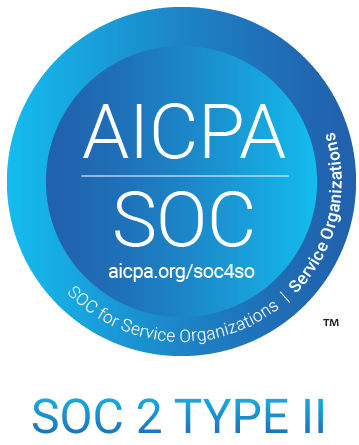In order to stand out from the competition, offer an adapted customer experience, reinforce innovation, and improve internal processes or production flows, companies are strongly relying on data. Many organizations are looking for ways to better leverage this massive resource and ensure rigorous data governance. In this article, discover the differences as well as the similarities between two concepts that are essential to a data-driven approach: metadata management and master data management.
According to a study entitled “The Strategic Role of Data Governance and its Evolution“, conducted by the Enterprise Strategy Group (ESG), at the end of 2022, companies saw their data volumes double every two years. On average, the organizations that were surveyed reported managing 3 petabytes of data, about two-thirds of which is unstructured data. The survey data also shows an average annual increase of 40%. And 32% of respondents even report a yearly increase of more than 50%!
In the context of exponentially increasing data volumes, companies must face a major challenge: ensure optimal data and metadata management, at the risk of exposing themselves to an explosion of costs related to errors. According to recent Gartner estimates, poor data quality costs companies in all industries nearly $13 billion annually. Metadata management and master data management (MDM) provide organizations with critical processes to gain the knowledge they need to meet their market challenges while limiting their exposure to the risk of excess costs.
The definitions of metadata management & master data management
First, let’s define each term clearly. Metadata management corresponds to the set of practices and tools that enable the management of metadata of an information system in an efficient and consistent way. As such, metadata management aims to guarantee the quality, relevance, and accessibility of metadata, as well as their compliance with data norms and standards.
Master data management (MDM) brings together all the techniques and processes that enable reference data to be managed in a centralized, consistent, and reliable manner. This reference data, also known as “master data”, is critical information, absolutely essential to the company’s activity. It can be information about customers, suppliers, products, operating and production sites, or data about employees. The purpose of master data management is to build a single repository for this reference data. This repository is then used by the different applications and systems of the company and guarantees access to reliable and consistent data.
What are the differences between metadata management and master data management?
Although both concepts are related to data management, metadata management and master data management (MDM) serve different company objectives and take distinct approaches.
While metadata management is primarily concerned with the management of information that describes data, its context, and its use, MDM focuses on the management of business-critical master data. These two different scopes make metadata management and master data management two complementary disciplines for your data strategy. Where metadata management focuses on the description and use of data, MDM focuses on the management and harmonization of business-critical master data.
What do master data management and Metadata management have in common?
The first thing master data management and metadata management have in common is that they both contribute to the efficiency and success of your data-driven projects. Both aim to guarantee the quality, relevance, and consistency of data. MDM and metadata management also both require dedicated processes and tools. Finally, both disciplines integrate and contribute to a broader data governance approach.
Combined, they allow you to be more agile, more efficient, and more responsible at the same time!













